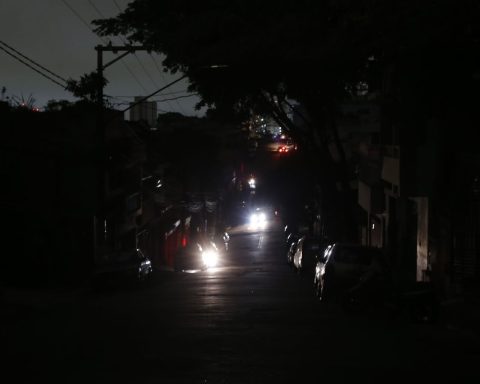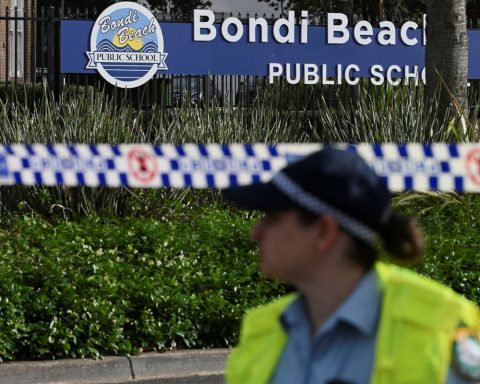The Quinta da Boa Vista park, a traditional leisure area in the northern part of the city of Rio de Janeiro, is undergoing renovations to celebrate the 200th anniversary of the country’s independence. The place served as the residence for Emperor Dom Pedro I, the Brazilian ruler who broke with Portugal and made Brazil independent on September 7, 1822.
The Quinta, as it is known, includes the former royal palace (which today houses the National Museum) and all the land around the building. Dom Pedro I’s father, Dom João VI, also lived there, the monarch who, from 1808 to 1821, ruled the Portuguese empire based in Rio de Janeiro.
Dom João received the Quinta as a gift from the businessman Elias Antônio Lopes, in 1809. And the place served as the official residence for the family until 1889, when Dom Pedro II, who was born there in 1825, had to leave the country after the proclamation of the Republic. .
renovations
The park was landscaped by Augusto François Marie Glaziou and Major Gomes Archer, from 1869 to 1875, and still retains the marks of this period.
The revitalization of the area, which officially began today (13), will include renovations to monuments, gates, sidewalks, bridges, sports courts, drainage system and restrooms, in addition to cleaning the canals.
“Here is one of the most emblematic places in our history, so we are taking special care with this work. And this is a great work, because in addition to the park itself, we will also have [reformas] from the surroundings, Avenida Dom Pedro II, Largo da Cancela, Avenida São Cristóvão, which will receive the Asfalto Liso [projeto de recapeamento de vias]to get everything ready for the 7th of September”.
The renovations will cost R$ 14.6 million just inside the park and are expected to be completed by September 6th.
National museum
The residence itself, which today houses the National Museum, linked to the Federal University of Rio de Janeiro (UFRJ), is also undergoing renovations, after the great fire that destroyed the building in September 2018.
According to the Museum’s director, Alexander Kellner, the reconstruction is expected to be completed in 2027. But part of the renovation must be completed in time for the bicentennial celebrations. “We intend to deliver part [da obra] still for September 7,” said Kellner.
















